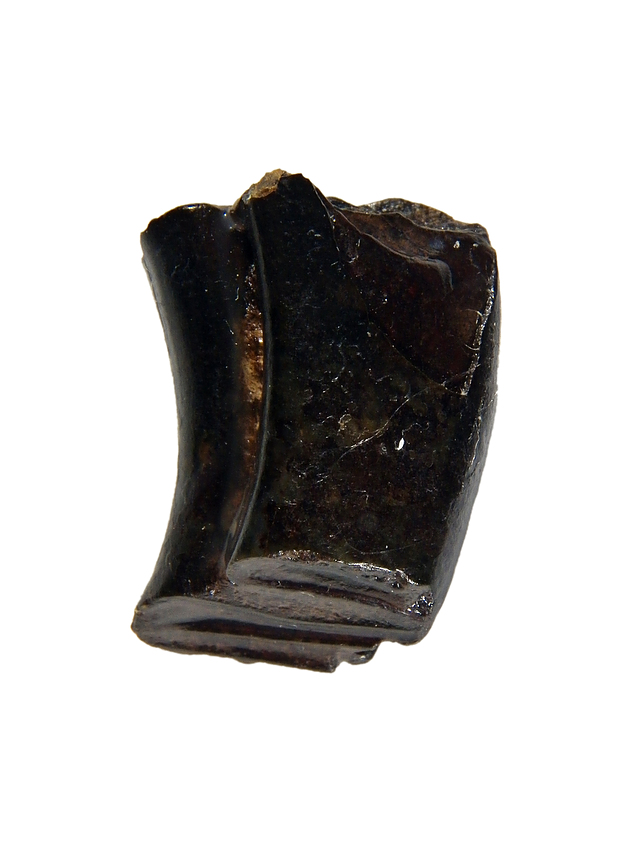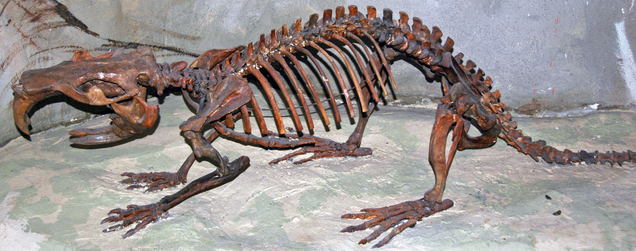BETA TEST - Fossil data and pages are very much experimental and under development. Please report any problems
 Castoroides ✝
Castoroides ✝
| Description | Castoroides, or giant beaver, is an extinct genus of enormous beavers that lived in North America during the Pleistocene. C. leiseyorum and its northern sister species C. ohioensis, were the largest beavers to ever exist. From Wikipedia article at https://en.wikipedia.org/wiki/Castoroides, which is released under the Creative Commons Attribution-Share-Alike License 3.0. | ||||||||||||||||||||||||||||||||||||||||||||||||||||||||||||||||||||||||||||||||||||||||||||||||||||||||||||||||||||||||
|---|---|---|---|---|---|---|---|---|---|---|---|---|---|---|---|---|---|---|---|---|---|---|---|---|---|---|---|---|---|---|---|---|---|---|---|---|---|---|---|---|---|---|---|---|---|---|---|---|---|---|---|---|---|---|---|---|---|---|---|---|---|---|---|---|---|---|---|---|---|---|---|---|---|---|---|---|---|---|---|---|---|---|---|---|---|---|---|---|---|---|---|---|---|---|---|---|---|---|---|---|---|---|---|---|---|---|---|---|---|---|---|---|---|---|---|---|---|---|---|---|---|
| Source Data |
| ||||||||||||||||||||||||||||||||||||||||||||||||||||||||||||||||||||||||||||||||||||||||||||||||||||||||||||||||||||||||
| Rank | genus | ||||||||||||||||||||||||||||||||||||||||||||||||||||||||||||||||||||||||||||||||||||||||||||||||||||||||||||||||||||||||
| Taxonomy (GBIF,PBDB) | Life : Animalia : Chordata : Mammalia : Rodentia : Castoridae : Castoroides | ||||||||||||||||||||||||||||||||||||||||||||||||||||||||||||||||||||||||||||||||||||||||||||||||||||||||||||||||||||||||
| Taxonomic Status (GBIF) | accepted | ||||||||||||||||||||||||||||||||||||||||||||||||||||||||||||||||||||||||||||||||||||||||||||||||||||||||||||||||||||||||
| Classification (PBDB,GBIF) |
| ||||||||||||||||||||||||||||||||||||||||||||||||||||||||||||||||||||||||||||||||||||||||||||||||||||||||||||||||||||||||
| Common Name | giant beaver | ||||||||||||||||||||||||||||||||||||||||||||||||||||||||||||||||||||||||||||||||||||||||||||||||||||||||||||||||||||||||
| Scientific Name | Castoroides Foster, 1838 | ||||||||||||||||||||||||||||||||||||||||||||||||||||||||||||||||||||||||||||||||||||||||||||||||||||||||||||||||||||||||
| Name Published In | Ann. Rep. Geol. Surv. Ohio, 2 | ||||||||||||||||||||||||||||||||||||||||||||||||||||||||||||||||||||||||||||||||||||||||||||||||||||||||||||||||||||||||
| Opinions (PBDB) |
| ||||||||||||||||||||||||||||||||||||||||||||||||||||||||||||||||||||||||||||||||||||||||||||||||||||||||||||||||||||||||
| Status (PBDB) | extinct | ||||||||||||||||||||||||||||||||||||||||||||||||||||||||||||||||||||||||||||||||||||||||||||||||||||||||||||||||||||||||
| Taxon Size (PBDB) | 4 | ||||||||||||||||||||||||||||||||||||||||||||||||||||||||||||||||||||||||||||||||||||||||||||||||||||||||||||||||||||||||
| First Recorded Appearance | 2.59 - 0.30 Ma Pleistocene | ||||||||||||||||||||||||||||||||||||||||||||||||||||||||||||||||||||||||||||||||||||||||||||||||||||||||||||||||||||||||
| Last Recorded Appearance | 0.13 - 0.01 Ma Pleistocene | ||||||||||||||||||||||||||||||||||||||||||||||||||||||||||||||||||||||||||||||||||||||||||||||||||||||||||||||||||||||||
| Environment | terrestrial (based on Eutheria) | ||||||||||||||||||||||||||||||||||||||||||||||||||||||||||||||||||||||||||||||||||||||||||||||||||||||||||||||||||||||||
| Motility | actively mobile (based on Osteichthyes) | ||||||||||||||||||||||||||||||||||||||||||||||||||||||||||||||||||||||||||||||||||||||||||||||||||||||||||||||||||||||||
| Diet | browser (based on Castoridae) | ||||||||||||||||||||||||||||||||||||||||||||||||||||||||||||||||||||||||||||||||||||||||||||||||||||||||||||||||||||||||
| Taphonomy | phosphatic (based on Vertebrata) | ||||||||||||||||||||||||||||||||||||||||||||||||||||||||||||||||||||||||||||||||||||||||||||||||||||||||||||||||||||||||
| Primary Reference (PBDB) | J. Alroy. 2002. Synonymies and reidentifications of North American fossil mammals. | ||||||||||||||||||||||||||||||||||||||||||||||||||||||||||||||||||||||||||||||||||||||||||||||||||||||||||||||||||||||||
| Common Name(s) | Giant Beaver | ||||||||||||||||||||||||||||||||||||||||||||||||||||||||||||||||||||||||||||||||||||||||||||||||||||||||||||||||||||||||
| Wikipedia | https://en.wikipedia.org/wiki/Castoroides |
Fossil Distribution
Subtaxa
| Name | Status | Common Name(s) | Fossil Occurrences | Oldest | Youngest |
|---|---|---|---|---|---|
| Castoroides dilophidus species | accepted (GBIF) | No associated record in PBDB | |||
| Castoroides kansasensis species | accepted (GBIF) | No associated record in PBDB | |||
species | doubtful (GBIF) listed (PBDB) | 3 | 2.59 Ma Pleistocene | 1.80 Ma Pleistocene | |
species | accepted (GBIF) listed (PBDB) | 40 | 2.59 Ma Pleistocene | 0.13 Ma Pleistocene | |
Synonymy List
| Year | Name and Author |
|---|---|
| 1838 | Castoroides Foster |
| 1860 | Castoroides Leidy p. 114 |
| 1902 | Castoroides Hay p. 733 |
| 1967 | Castoroides Wilson p. 208 |
| 1980 | Castoroides Kurten and Anderson p. 236 |
| 1997 | Castoroides McKenna and Bell |
| 2007 | Castoroides Rybczynski p. 7 |
| 2008 | Castoroides Korth p. 169 |
| 2018 | Castoroides Eshelman et al. p. 6 |
| 2019 | Castoroides Albright et al. p. 157 |
References
Data courtesy of: PBDB: The Paleobiology Database, Creative Commons CC-BY licenced. , GBIF: the Global Biodiversity Information Facility, various licences, iDigBio, various licences, and EOL: The Encyclopedia of Life (Open Data Public Domain). Because fossils are made of minerals too!









Marion County, Florida, USA